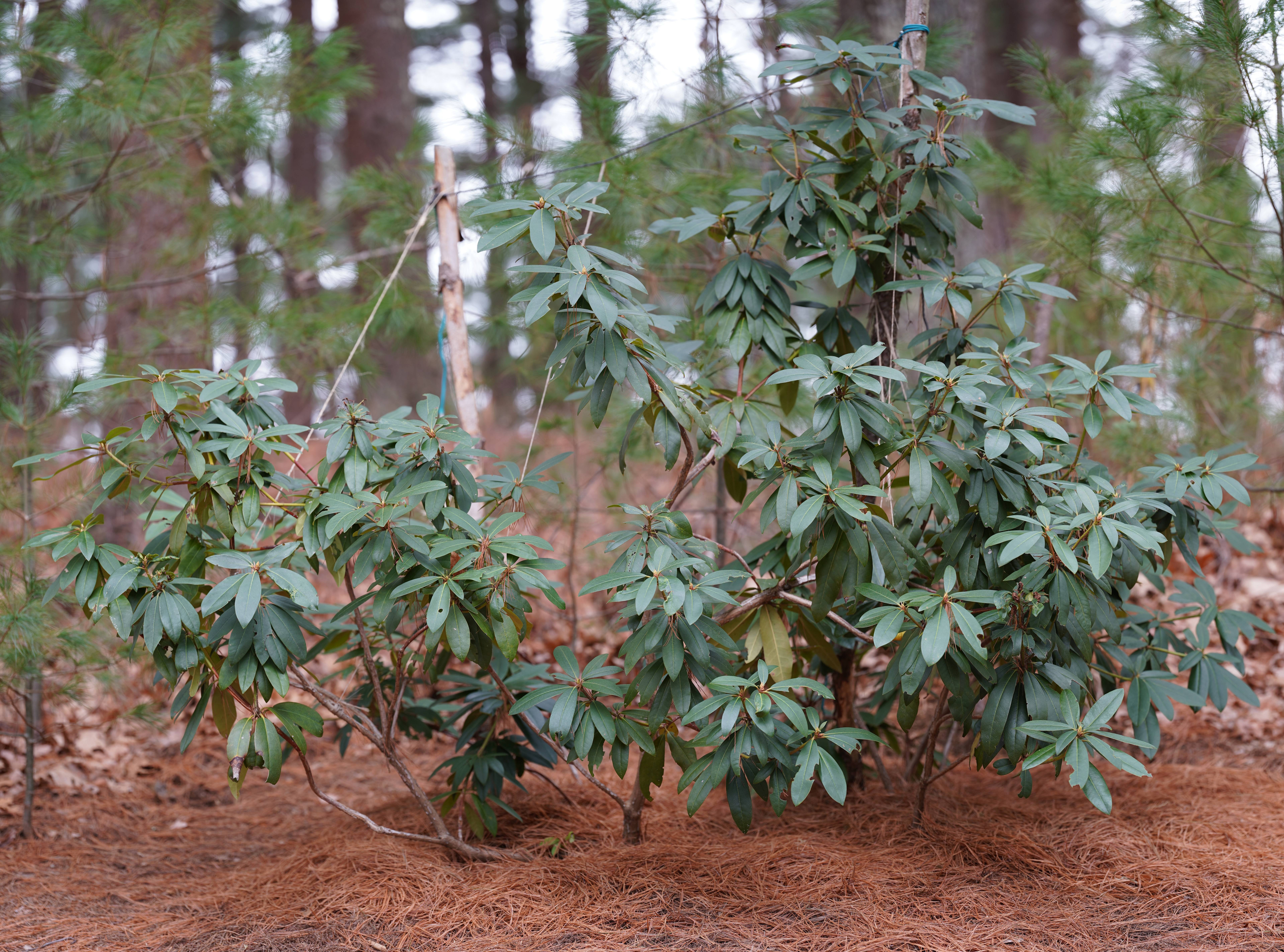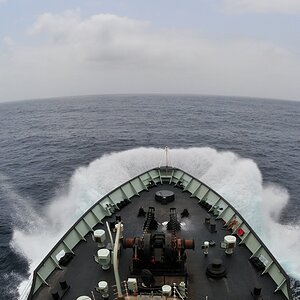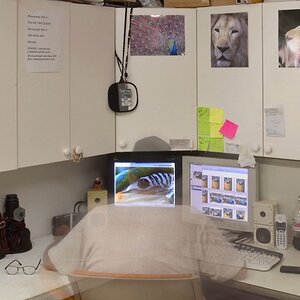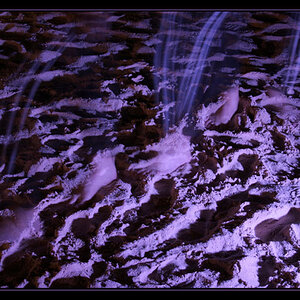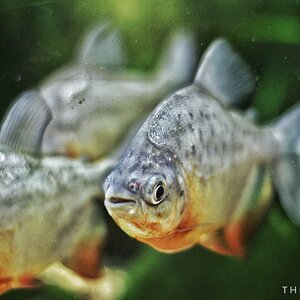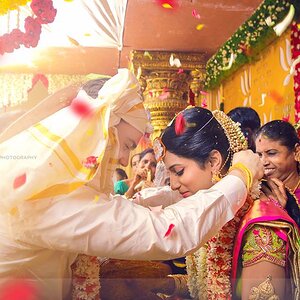Ysarex
Been spending a lot of time on here!
- Joined
- Nov 27, 2011
- Messages
- 7,136
- Reaction score
- 3,686
- Location
- St. Louis
- Can others edit my Photos
- Photos OK to edit
Edit: I tried again with different subjects. I'm really rotten at understanding exactly what I'm seeing in the monitor under such conditions. So I was a bit too close (smaller part of subject in frame) for the 70 focal length. But I think the result is still sound. If that had been correct, the effect would be slightly larger. As I would expect from my understanding of the theory, the background is most blurred for 28, 3.5, less blurred for 28, 5.6 and even less blurred for 70, 5.6
Yep, it's cold outside. So I shot it inside. I used a citrus tree we have indoors and focused on some leaves. You got to shoot both lenses at the same f/stop. I used a 21mm and a 100mm and took both photos at f/4. The out of focus background is blurry in both as it should be but because the background is so much larger in the 100mm shot the blur is enlarged and enlarged blur looks blurrier.



